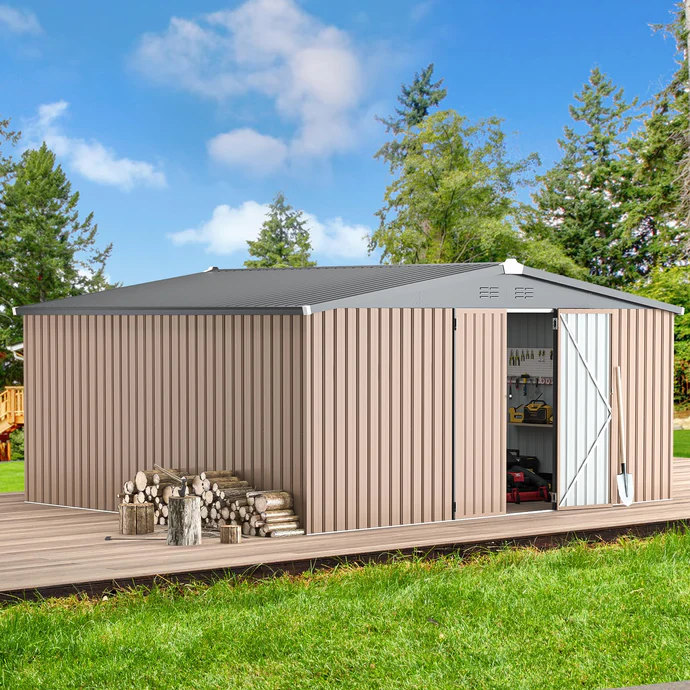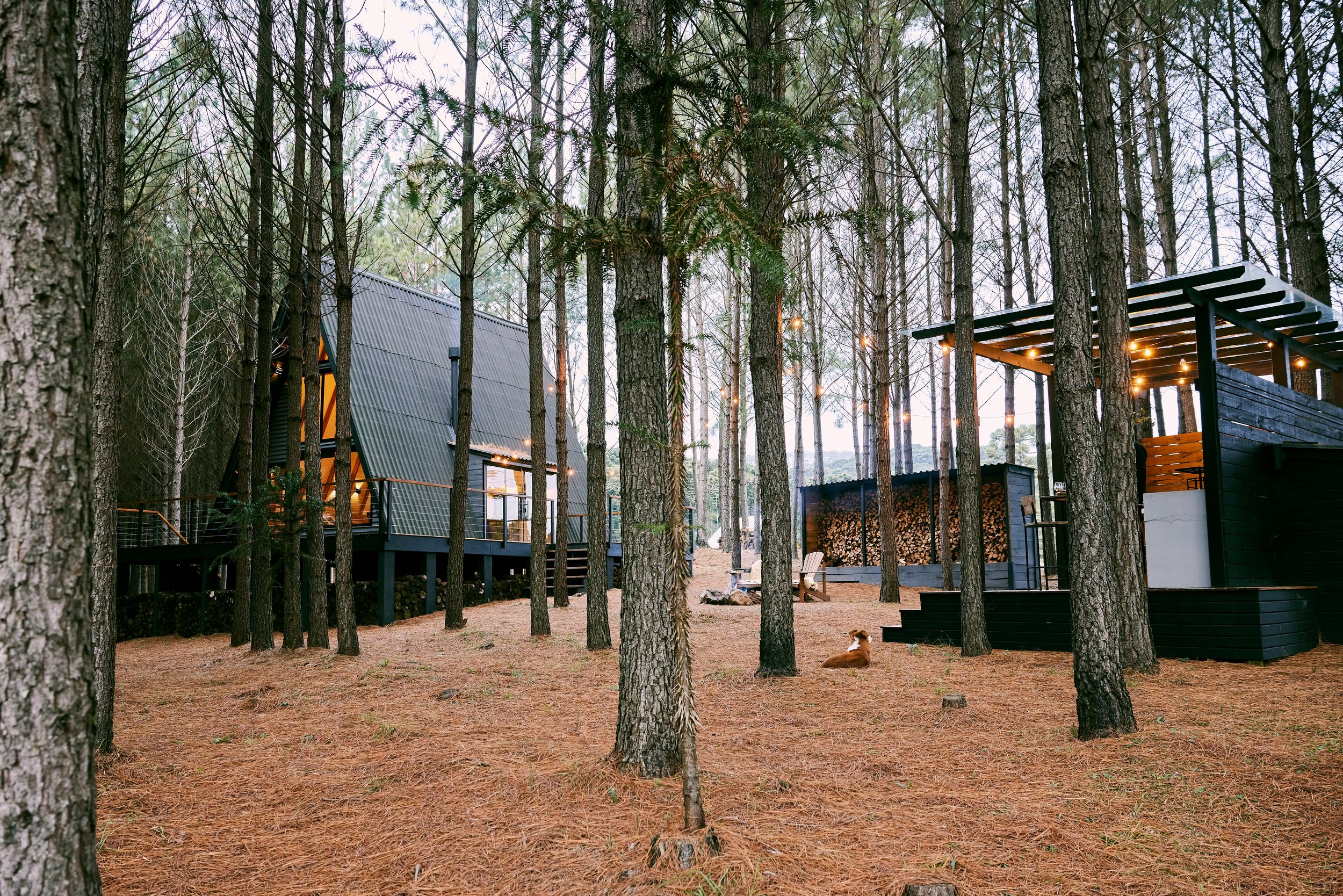How to Choose the Right Garden Shed for Your Backyard
Discover how to choose the perfect garden shed for your backyard based on size, style, materials, and storage needs to enhance your outdoor space.
A garden shed may seem like a simple addition to your backyard, but choosing the right one can significantly improve your outdoor space’s functionality and aesthetics. Whether you need a place to store tools, pot plants, or set up a mini workspace, the right shed should blend seamlessly with your lifestyle and landscape. With so many styles, sizes, and materials available, finding the ideal garden shed can be overwhelming—but it doesn’t have to be.
Here’s a step-by-step guide to help you choose the perfect garden shed for your backyard.
1. Determine the Purpose of Your Shed
Start by asking yourself: What will I use the shed for?
Your intended purpose plays a big role in the shed's design, size, and features. Common uses include:
Tool storage: You may only need a small, basic structure with shelving and hooks.
Lawn equipment storage: Larger sheds with wide doors for easy access to mowers or wheelbarrows.
Potting or gardening: Consider windows for natural light, potting benches, and water-resistant flooring.
Outdoor workspace or hobby room: You’ll need insulation, electricity, and perhaps even seating.
Multi-use: A mix of storage and activity space, which may require more interior customization.
Defining your purpose early helps avoid over- or under-investing in features you may not need.
2. Consider the Size and Available Space
It’s easy to misjudge how much space a shed will take up—or how much room you need inside.
Measure your backyard before shopping.
Leave at least 1–2 feet of clearance around all sides for maintenance and airflow.
Think about the path to the shed: will you need a walkway, or space to maneuver equipment?
If your yard is small, consider a corner shed or vertical shed that uses height instead of floor area.
Also, factor in possible future needs. It's often wiser to go slightly bigger than you currently need, especially if you plan to add new tools or outdoor gear.
3. Choose the Right Material
Sheds come in various materials—each with its own pros and cons:
Wood
Pros: Classic look, customizable, blends naturally with gardens.
Cons: Requires regular maintenance (painting, sealing), vulnerable to pests and rot.
Metal (Steel or Aluminum)
Pros: Durable, fire-resistant, low maintenance.
Cons: Can rust (if untreated), may get hot inside, limited design flexibility.
Plastic (Resin or Vinyl)
Pros: Lightweight, weather-resistant, maintenance-free.
Cons: Less customizable, may not suit traditional garden aesthetics.
Your climate should also influence this choice. For example, in humid or coastal areas, metal sheds may rust faster, while plastic options may degrade in high UV environments.
4. Think About Roof Style
While roof design is often an aesthetic choice, it also affects function:
Gable roof (classic pitched roof): Offers a traditional look and extra overhead space.
Flat roof: Suitable for modern or space-limited areas but not ideal for heavy rain or snow.
Lean-to roof: Great for sheds placed against a wall or fence.
Saltbox or barn-style roof: Creates more headroom or loft storage.
Check if the roof includes overhangs to help divert rain away from the shed base and prevent water damage.
5. Don’t Overlook Flooring and Foundation
Some sheds come with built-in floors; others don’t. In either case, a solid foundation is essential:
Gravel pad: Affordable and good for drainage.
Concrete slab: Strong, long-lasting, and suitable for larger or heavier sheds.
Pressure-treated wood frame: Easy to install and works well for smaller sheds.
Make sure the base is level—this ensures structural integrity and prevents water pooling.
6. Pay Attention to Access and Interior Layout
Wide doors (or double doors) are a must if you’ll be moving large items like lawnmowers or bikes. For smaller sheds, a single door may suffice.
Other features to consider:
Windows: For natural light and ventilation.
Shelving and hooks: Maximize vertical storage.
Ramps: Make it easier to roll heavy items in and out.
Locking mechanism: Essential for security if storing valuable tools.
Think about your storage style: do you prefer items stacked, hung, or tucked away in bins?
7. Match the Shed to Your Landscape Style
While function is crucial, the shed should also complement your home’s architecture and backyard theme.
For modern landscapes, look for clean lines, metal or composite materials, and neutral tones.
For cottage or rustic gardens, wooden sheds with a weathered finish or decorative trim work beautifully.
You can even paint the shed in bold colors to make it a garden focal point—or let it blend in with greenery.
Adding planters, a small porch, or trellises can help your shed look like a natural part of your backyard oasis.
8. Check Local Regulations
Before you finalize your shed purchase or begin installation, check with your local authorities:
Do you need a permit? Many areas require a permit for sheds over a certain size.
Are there zoning restrictions? Distance from fences, property lines, or utilities might be regulated.
Are there HOA rules? If you live in a community with an HOA, check their guidelines.
Getting approval ahead of time can save you from expensive headaches later.
9. Budget Wisely
Sheds vary greatly in price—from a few hundred dollars for a basic plastic model to several thousand for custom-built wood designs.
Factor in long-term maintenance costs, not just the purchase price.
Include foundation, delivery, assembly, and any interior additions like lighting or shelving in your budget.
You don’t have to overspend, but cutting corners may mean dealing with repairs or replacements sooner than expected.
Conclusion
Choosing the right garden shed is about more than just picking a box to store your tools. It’s about enhancing your outdoor space with a structure that meets your practical needs and fits seamlessly into your yard’s design.
With so many options on the market, it’s easy to find a solution that works for you—from compact storage units to spacious backyard workshops. The key is understanding how Sheds differ in function, material, and maintenance needs—and choosing one that suits both your space and your lifestyle.









